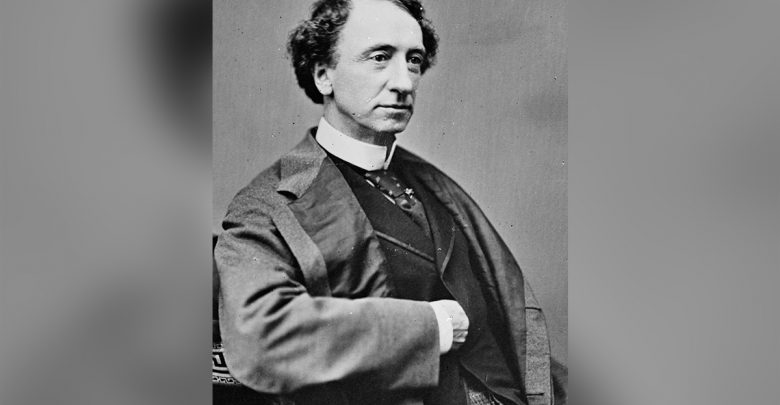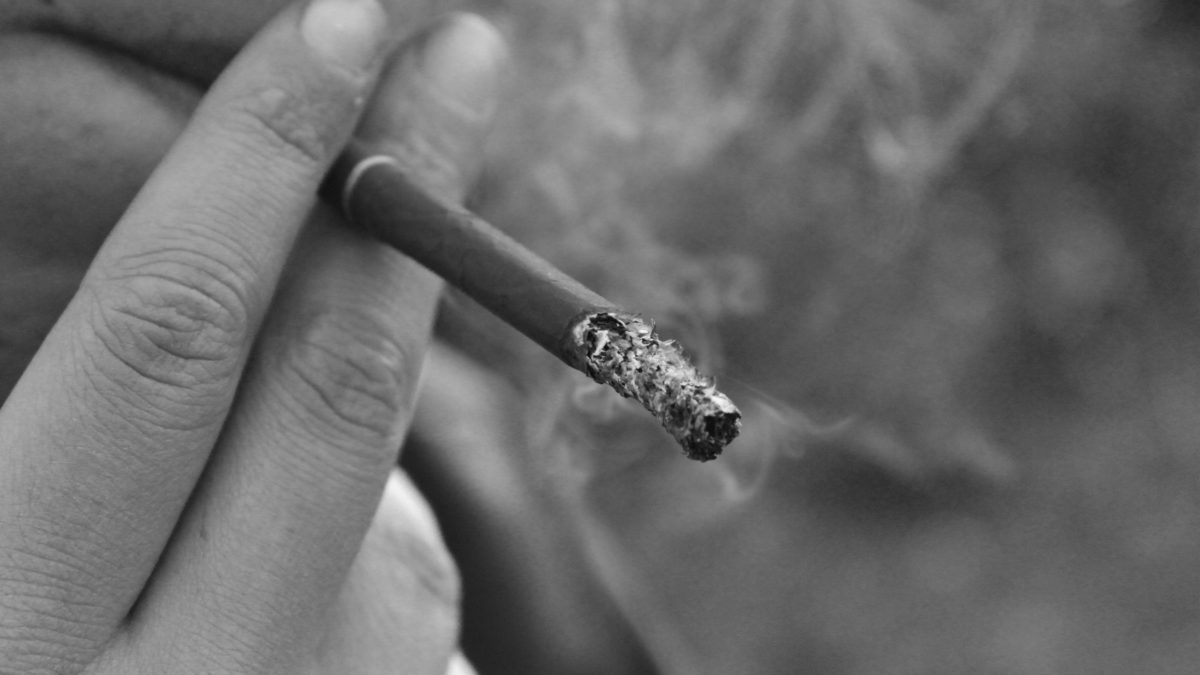 Supplied
SuppliedThe City of Victoria has removed John A. Macdonald’s statue from the front steps of their city hall. They defended the move, citing Macdonald’s complicity in establishing the residential school system, the implementation of the Indian Act, and other egregious policies that oppressed indigenous peoples. While historical records of Macdonald’s political life don’t deny these atrocities, removing his statue isn’t the right solution to advance reconciliation.
Firstly, the statue’s removal doesn’t garner majority support. A whopping 88 per cent of Canadians believe that “we should take into account the entire life of an individual and the principal legacy they left behind,” not judging historical figures by modern standards. 55 per cent think we shouldn’t even try to rename places that bear Macdonald’s name. Hence, proponents of removing the statue have a huge PR problem on their hands. How can they justify this act to the country’s majority who oppose it? If they retort that we can shun the majority’s opinion if it’s about renewing our relationship with indigenous peoples, then they themselves assault the very foundations of reconciliation they proclaim to uphold: mutual respect and recognition.
Some indigenous Canadians also suggest that this move does more harm than good to the reconciliation process. Justice Murray Sinclair, who served as chair of the Truth and Reconciliation Commission, suggested that statue’s removal “smacks of revenge,” only driving indigenous people and the rest of Canada further apart. His assessment can’t be more accurate, as the plaque that replaced the sculpture has already been vandalized. Ellis Ross, former chief of the Haisla Nation, also shares this view, calling the move “counter-productive” and “an empty speech on reconciliation.” Garret Smith, an activist in Calgary, takes a similar stance, saying that “focusing only on statues and their placement in public spaces ignores the lived experiences of indigenous people today.” He suggests that creating more opportunities for the public to learn more about indigenous culture and history would better advance reconciliation.
Many contend that the statue’s lack of context and account of Macdonald’s dark history is the primary problem. This is a reasonable concern, but if we as a society are sincerely keen on helping people get a complete grasp of Macdonald’s background, better education on Canadian history in schools is a less-polarizing alternative. Additionally, the city could’ve made a compromise; as Michelle Robinson, a descendant of residential school survivors suggested, keep the statue but erect an interpretive plaque beside it that briefly outlines Macdonald’s sins and achievements. The city could’ve also kept the statue but put the Indian Act and a memorial of indigenous children that were murdered beside it, as suggested by a Piikani Nation activist. These alternatives would’ve both produced less public discord and could’ve given a balanced context to the statue.
While the statue’s removal doesn’t erase history, it still tinkers with it. In effect, it amplifies the sinister parts of Macdonald’s history over his immense contributions to Canada. The statue’s removal was a concession to those who believe that Macdonald’s racist policies and bigoted remarks override his accomplishments. Those supporters are guilty of the same mistake they vehemently oppose: presenting an unbalanced view of history.
Macdonald wasn’t a perfect person. His complicity in the oppression of indigenous peoples is undoubtedly appalling and worthy of condemnation. Nevertheless, if we’re serious about reconciliation, taking his statue down is clearly the wrong prescription.




